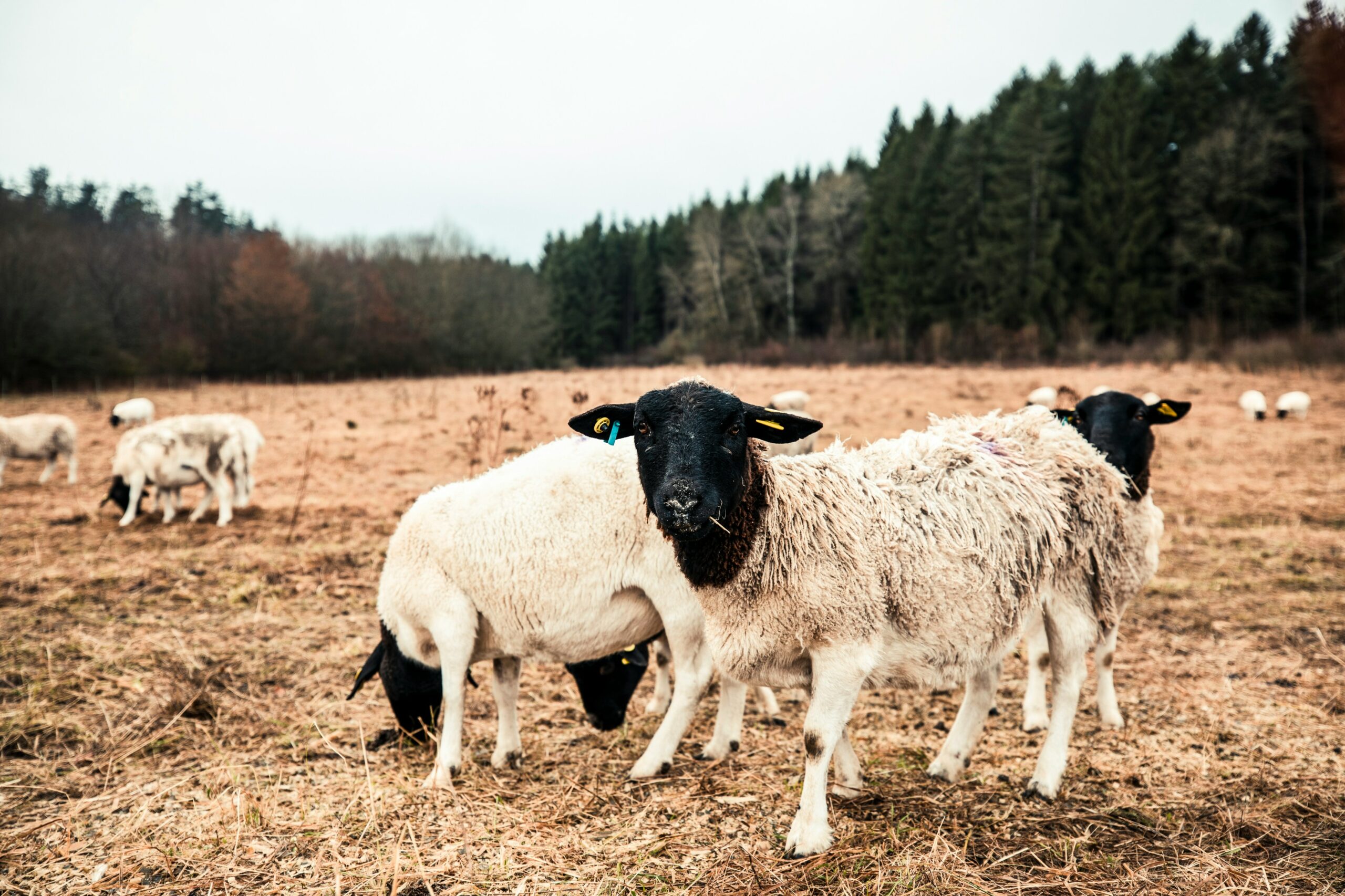Will COP28 make a dent in livestock emissions?
By Ngonidzashe Chirinda, Claudia Arndt, Mark Howden, Andy Reisinger
The food system has long been a side issue at climate summits despite accounting for a third of global emissions. This changed at COP28 with some important announcements around cutting emissions from food – including livestock.

The highlights
First up was the Emirates declaration: 152 governments promised to integrate food systems into their national adaptation and mitigation plans. It’s voluntary and scant on details but it does put the issue on national climate agendas and the Alliance of Champions for Food System Transformation – Brazil, Rwanda, Norway and Sierra Leone – also provided more detail on what a good climate plan could look like. Elsewhere, Danone, General Mills, Bel, Kraft, Heinz and Nestle pledged to report on and reduce methane emissions. Commitments from more companies would help strengthen industry efforts and reduce the risk of emissions leakage.
Next was funding: $200 million was committed to accelerate research and development into solutions such as low methane cattle breeds and methane vaccines. There was also public and private sector support aimed at increasing the efficiency of livestock systems in low-and-middle-income countries. Climate-smart livestock practices – including improved grazing and healthier animals – generates triple wins in low and middle income countries: increasing productivity and incomes, incentivising reductions in livestock numbers and emissions, and supporting adaptation.
Then came Food Day and the FAO’s roadmap to align the global food system with 1.5C and zero hunger. It’s a guide – not a rulebook – but will be an important reference point for governments. The roadmap includes some ambitious targets for reducing overall methane and nitrous oxide emissions. Livestock is also highlighted as one of 10 priority areas for action with targets for reducing emissions and increasing productivity (which means less emissions per litre of milk or kg of meat) and a suite of actions for governments to consider. Moving in concert on all 10 priority areas will be challenging but a comprehensive approach is crucial to achieve the long-term goals set out.
But there are big gaps
COP28 delivered promises, not commitments. Despite broad endorsement of the Emirates Declaration, there is no reference to reducing emissions from food systems in the Global Stocktake – the key outcome document of the negotiations and the guide for countries’ new climate plans.
The emphasis – in the roadmap, funding commitments, and government statements – is on innovation and productivity increases in low-and-middle income countries and largely omits the social, cultural, environmental and financial dimensions of change. Important tools, including support for dietary change in high income countries where there is overconsumption of animal-sourced food, didn’t attract the same level of funding or rigour. For example, the FAO Roadmap includes targets for livestock farming but none for dietary change, even though the FAO has said that higher-income countries can benefit from reduced consumption of animal-source foods while lower income countries can benefit from improved access.
Given the dominance of livestock in overall methane emissions in the food system the ambitious goal to halve methane emissions from agrifood systems by 2045, relative to 2020, can only be achieved if livestock methane is reduced by about the same amount. Translating the global goal to national targets will also require further differentiation. Some low and middle income countries will not be able to achieve this scale of reductions, and some will need to increase livestock production to strengthen food and nutrition security. This means countries that have high levels of livestock production, over consume meat and dairy, and have little or no projected growth in human population, will need to do much more than just halve their methane emissions.
The verdict
Cutting carbon dioxide emissions is critical if we are to limit global warming to 1.5°C. But it is not enough. We need to reduce methane and livestock is the single biggest source from human activity. COP28 has put this issue on the climate agenda but there needs to be more ambition, more finance, and more action on the full range of available solutions if we are to limit global warming to 1.5C.
